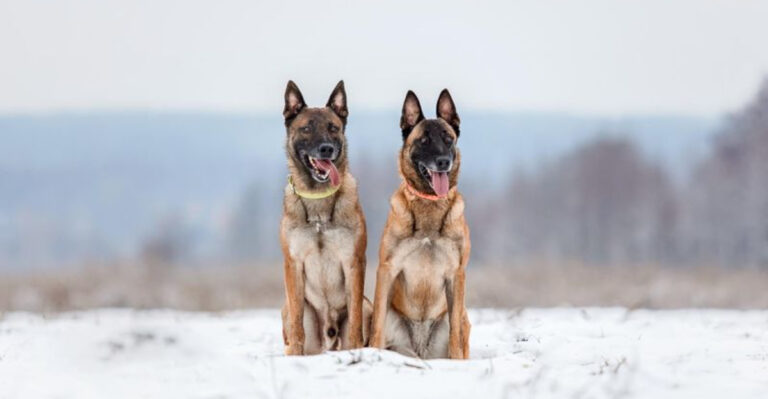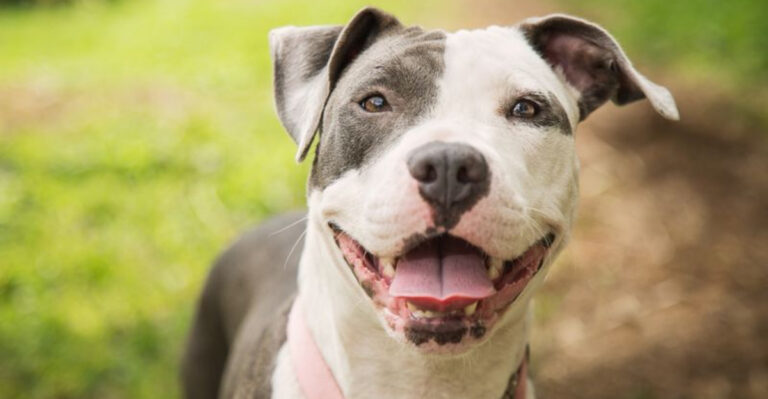14 Things That Drive Dogs Up The Wall You Probably Thought Were Not A Big Deal

Ever wonder why your furry friend gives you that side-eye or suddenly leaves the room? Dogs might not speak our language, but they definitely have opinions about what we do.
While we humans go about our daily routines, our canine companions silently judge certain behaviors that bug them to no end. Here are some common human habits that might be secretly driving your dog crazy!
1. Hugging Them Too Tightly
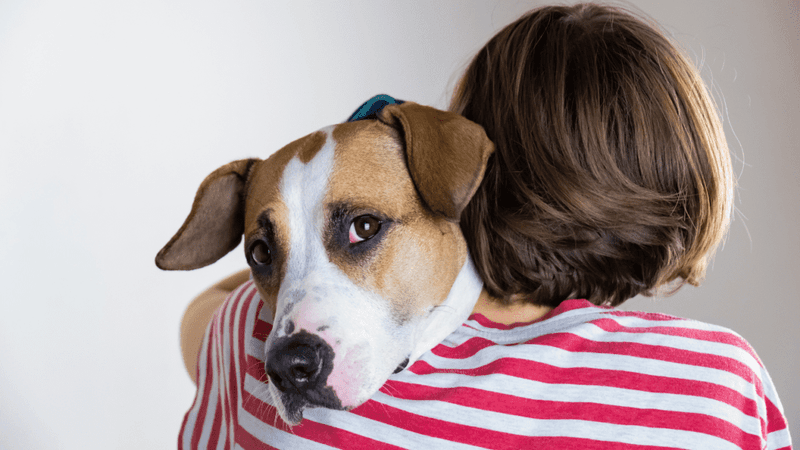
Dogs actually find tight hugs stressful rather than comforting. When you wrap your arms around them, it restricts their movement and triggers their fight-or-flight response.
Look for signs like stiff body language, whale eyes (showing the whites), or pulled-back ears. Instead of bear hugs, try gentle pets along their back or scratches behind the ears for showing affection.
2. Inconsistent Rules And Boundaries
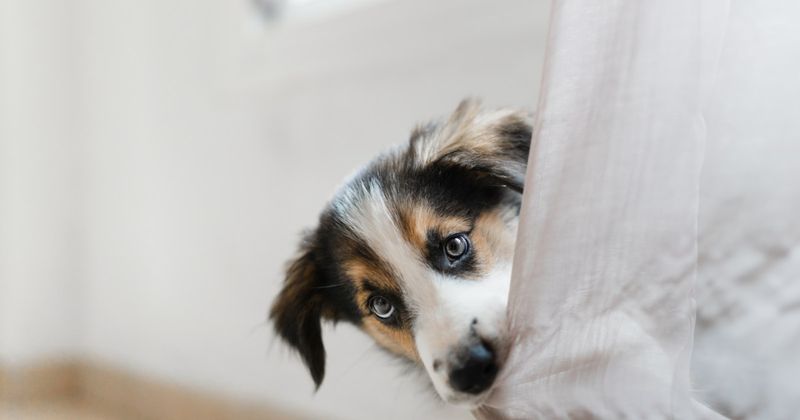
Monday they can jump on the couch, Tuesday they get scolded for it. This flip-flopping confuses your pup and creates anxiety about what behavior is actually expected.
Dogs thrive on consistency and clear communication. When rules change constantly, they feel insecure and frustrated. Decide on household rules and make sure everyone enforces them the same way every time.
3. Staring Contests

That loving gaze you give your pup? It might actually feel threatening to them. Direct, prolonged eye contact is considered a dominance challenge or threat in dog language.
Many dogs find this intimidating and will look away to diffuse tension. For better bonding, try the slow blink technique or glance sideways at them. This signals friendship rather than confrontation in their social code.
4. Loud Music Or TV
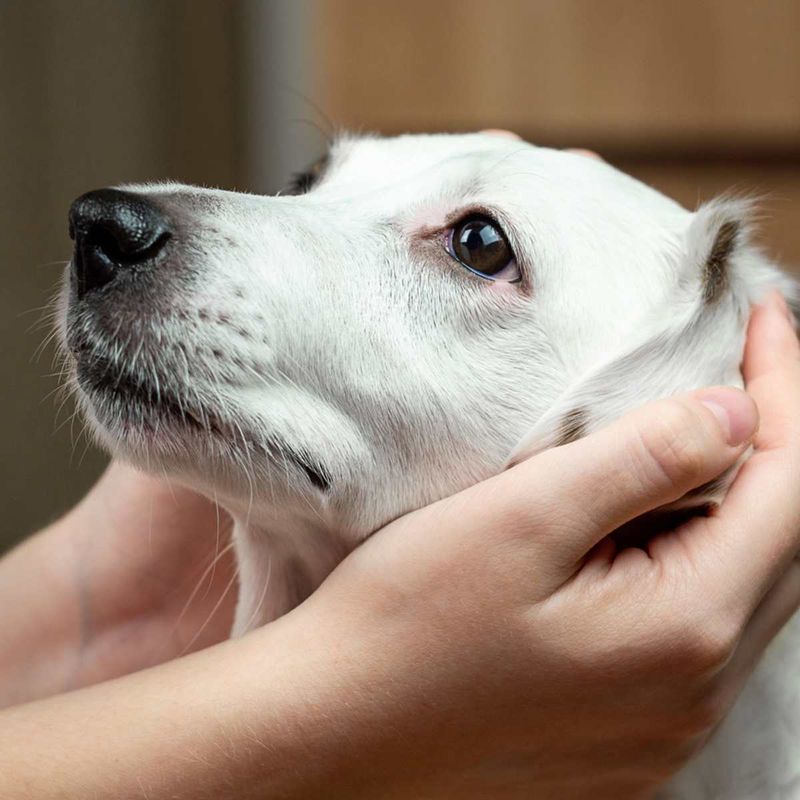
Your favorite action movie sounds like chaos to your dog. Their hearing is approximately four times more sensitive than ours, making loud noises genuinely painful.
Sudden volume changes, bass-heavy music, or explosive sound effects can trigger anxiety or fear responses. Create a quiet zone where your dog can retreat when things get too noisy, and consider keeping the volume at a more reasonable level.
5. Leaving Them Alone For Too Long
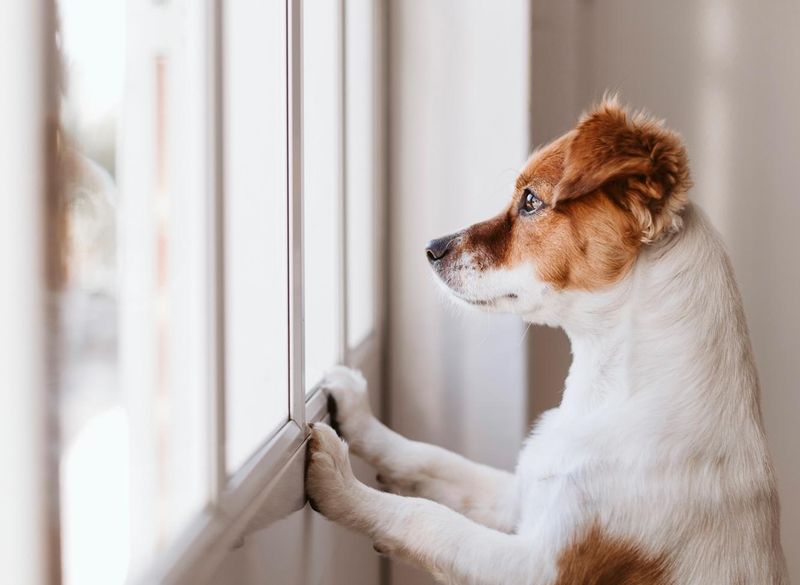
Dogs are pack animals who crave companionship. Being left alone for extended periods goes against their social nature and can cause genuine distress.
Many develop separation anxiety with symptoms like destructive behavior, excessive barking, or house soiling. If long workdays are unavoidable, consider doggy daycare, a midday dog walker, or puzzle toys that keep them mentally engaged during solo time.
6. Forcing Them To Socialize
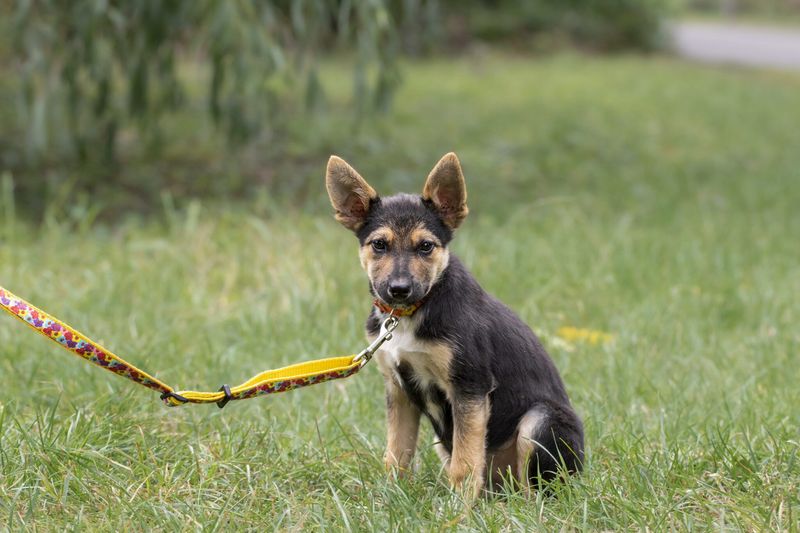
Not every dog is a social butterfly. Dragging your reluctant pup to dog parks or forcing interactions with other dogs can be incredibly stressful for them.
Just like humans, dogs have individual personalities and comfort levels with social situations. Watch for stress signals like tucked tails, raised hackles, or avoidance behaviors. Respect their boundaries and find activities they genuinely enjoy instead of what you think they should like.
7. Rushed Bathroom Breaks
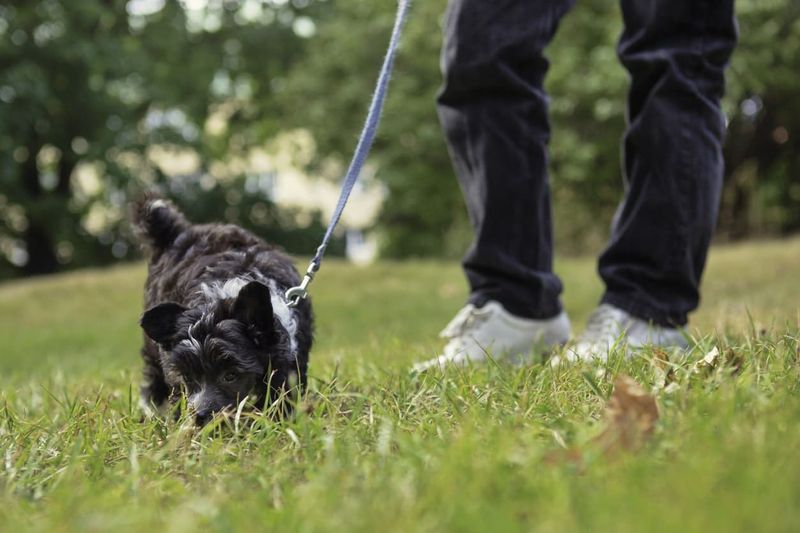
Those quick potty breaks might work for your schedule, but they’re frustrating for your dog. Going outside isn’t just about elimination—it’s about exploration and environmental enrichment.
Dogs need time to sniff around and process all the fascinating scents that tell them about their world. When possible, allow extra minutes for this important sensory experience. Consider it their version of checking social media or reading the neighborhood news.
8. Strong Perfumes Or Cleaning Products
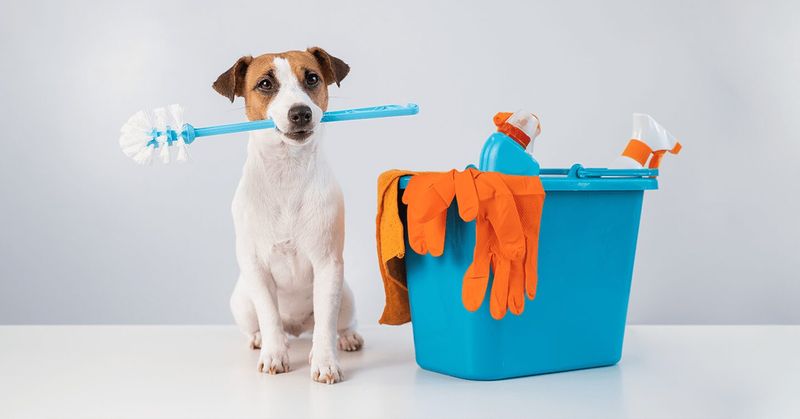
Your designer perfume might smell heavenly to you but overwhelms your dog’s sensitive nose. Dogs have up to 300 million olfactory receptors compared to our mere 6 million.
Strong chemical smells from perfumes, air fresheners, and cleaning products can cause respiratory irritation or headaches. Opt for unscented or natural cleaning alternatives when possible, and apply perfumes in rooms your dog doesn’t frequent.
9. Teasing Or Fake-Outs

Pretending to throw a ball but hiding it behind your back might seem like harmless fun, but many dogs find it genuinely frustrating. These fake-outs break trust and create confusion.
Your dog doesn’t understand the concept of a joke or prank. When games become unpredictable in a negative way, they lose their joy. Keep play honest and rewarding to maintain your pup’s enthusiasm and trust in your interactions.
10. Interrupting Their Sleep
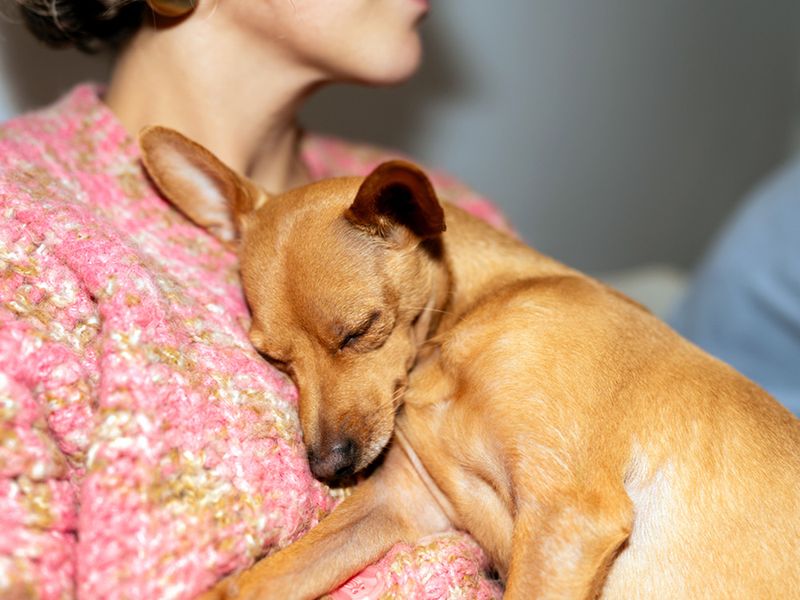
Dogs need 12-14 hours of sleep daily, much more than humans. When we constantly wake them for cuddles or playtime, it disrupts their natural rest cycle.
Sleep deprivation can lead to irritability, health issues, and behavior problems. Learn to recognize when your dog is in deep sleep (slow breathing, twitching paws) versus light dozing, and let sleeping dogs lie unless absolutely necessary.
11. Ignoring Their Body Language

Dogs communicate constantly through subtle signals that many owners miss. Yawning, lip licking, and looking away aren’t just random behaviors—they’re communication attempts.
These calming signals often indicate stress or discomfort with a situation. Learning to read these cues helps prevent anxiety and potential behavioral issues. Pay attention to what your dog is trying to tell you, especially in new or challenging environments.
12. Skipping The Routine Walk

Regular walks aren’t just about physical exercise—they provide crucial mental stimulation through new sights, sounds, and smells. Canceling walks creates pent-up energy and frustration.
Even on busy days, a quick neighborhood stroll gives your dog something to look forward to. If weather or schedules truly prevent outdoor time, substitute with indoor games, training sessions, or puzzle toys to keep their mind engaged.
13. Face-To-Face Greetings
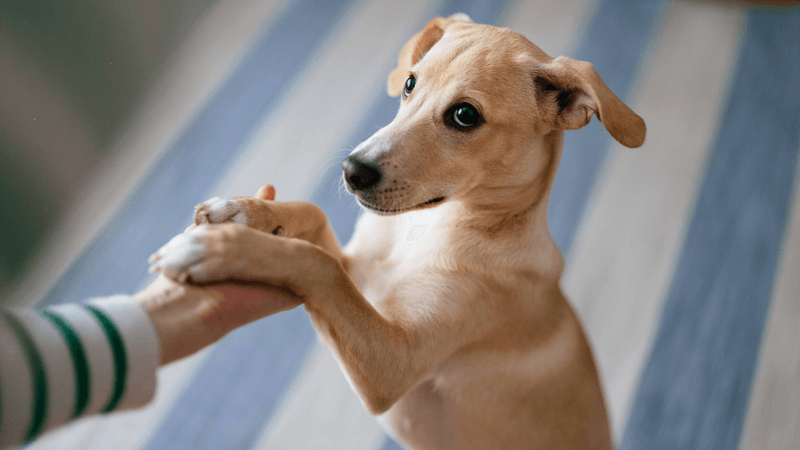
Leaning over a dog with your face near theirs feels threatening from their perspective. This posture mimics how predators position themselves before an attack.
Many dogs tolerate this from family but find it stressful from strangers. Teach visitors to approach from the side, avoid looming over them, and let the dog initiate contact. Squatting sideways with averted eyes creates a much more comfortable greeting for nervous pups.
14. Leaving Them Out Of Conversations
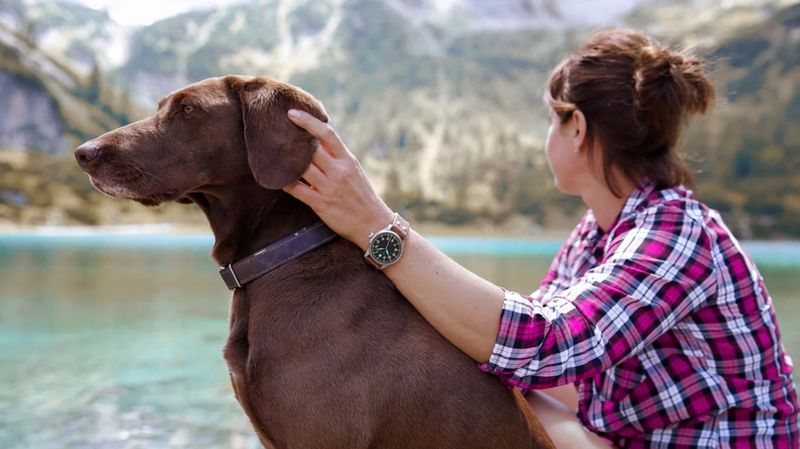
Dogs are highly attuned to human interaction and feel excluded when completely ignored during gatherings. They understand they’re part of the social group but get confused when suddenly invisible.
You don’t need to make them the center of attention, but occasional acknowledgment maintains their sense of belonging. A quick pat, eye contact, or including their name in conversation reassures them they’re still part of your pack.



